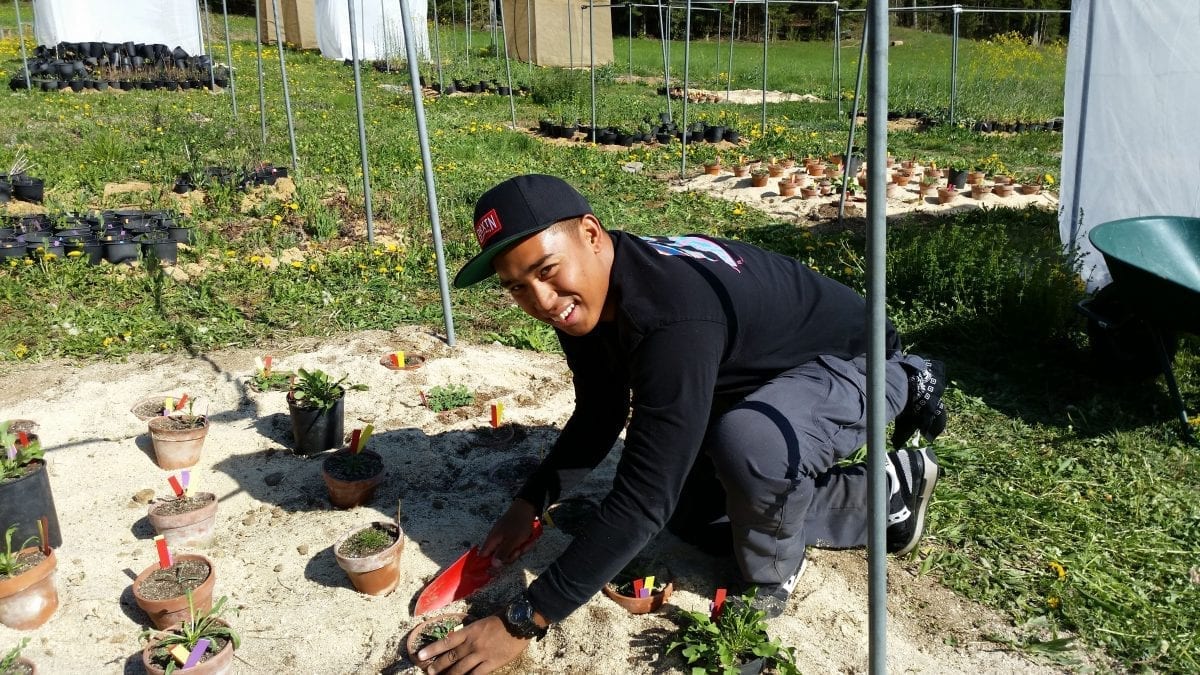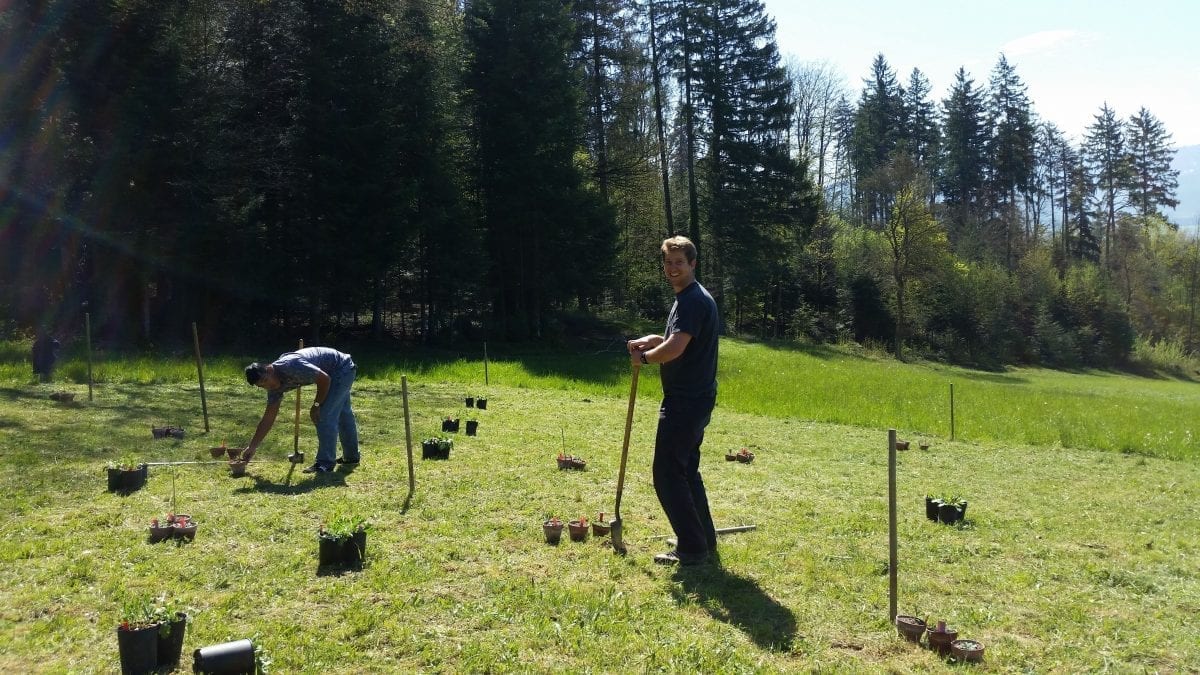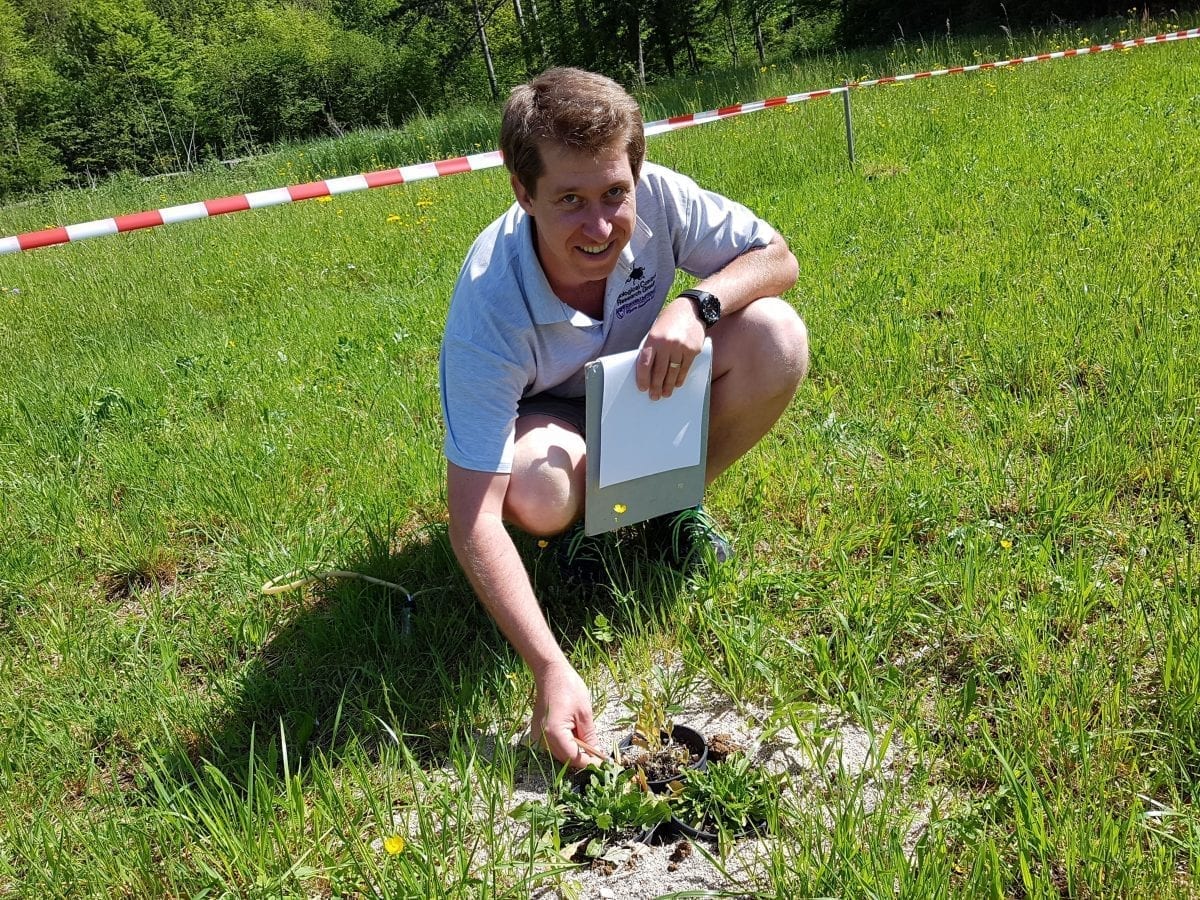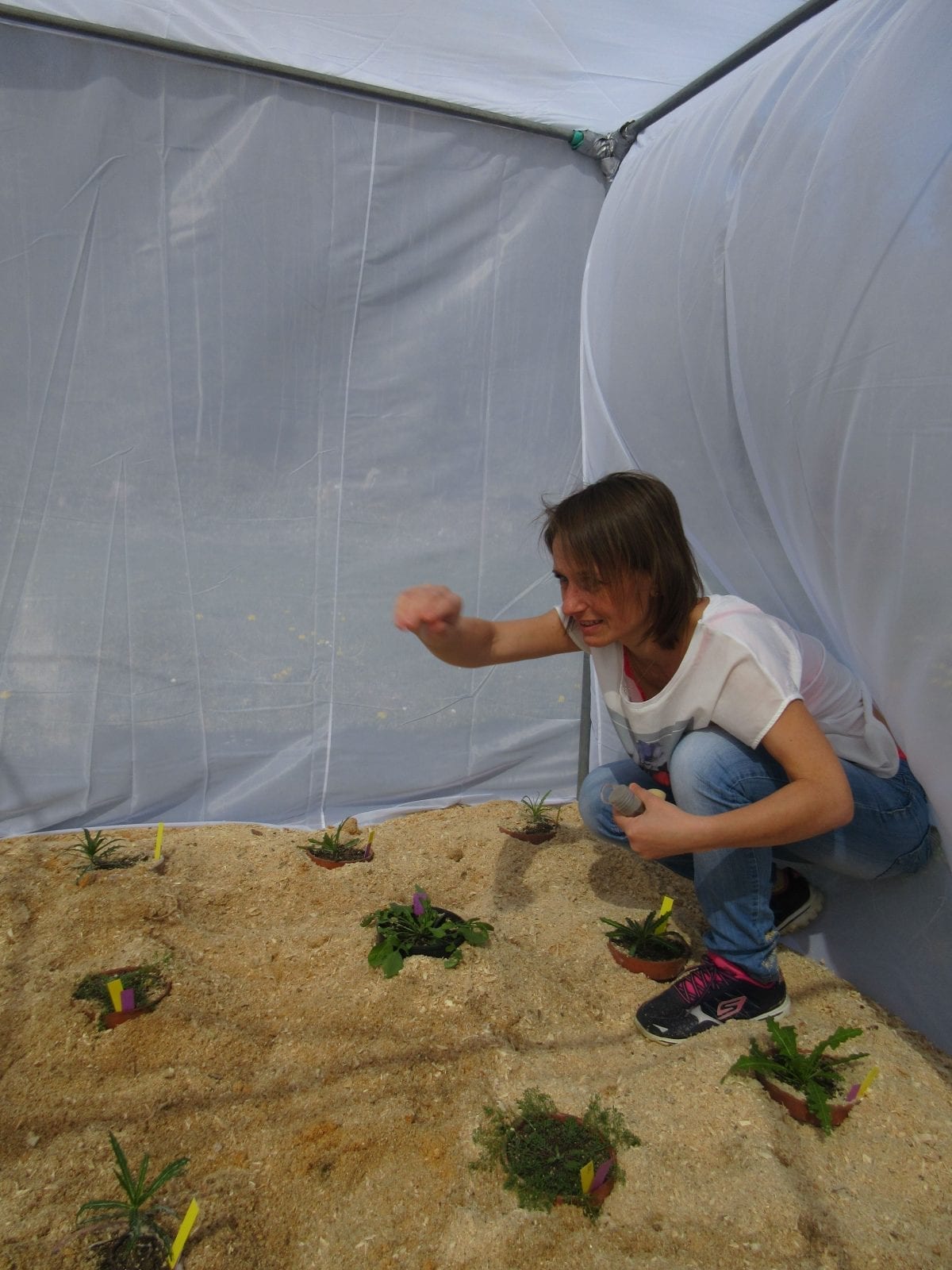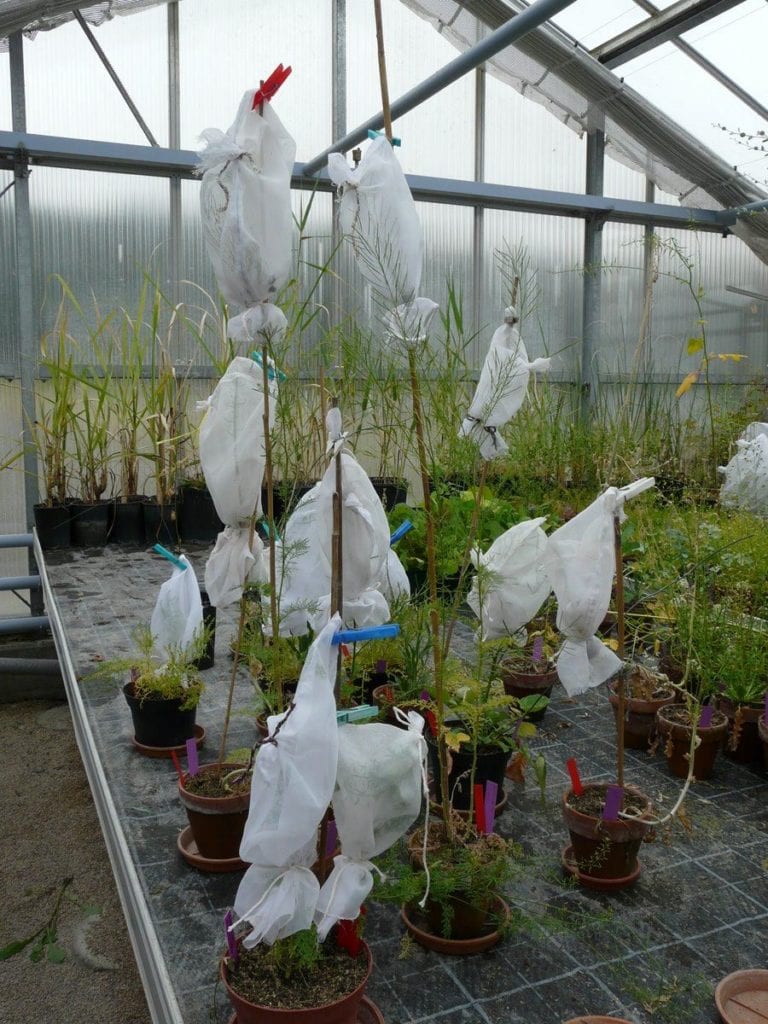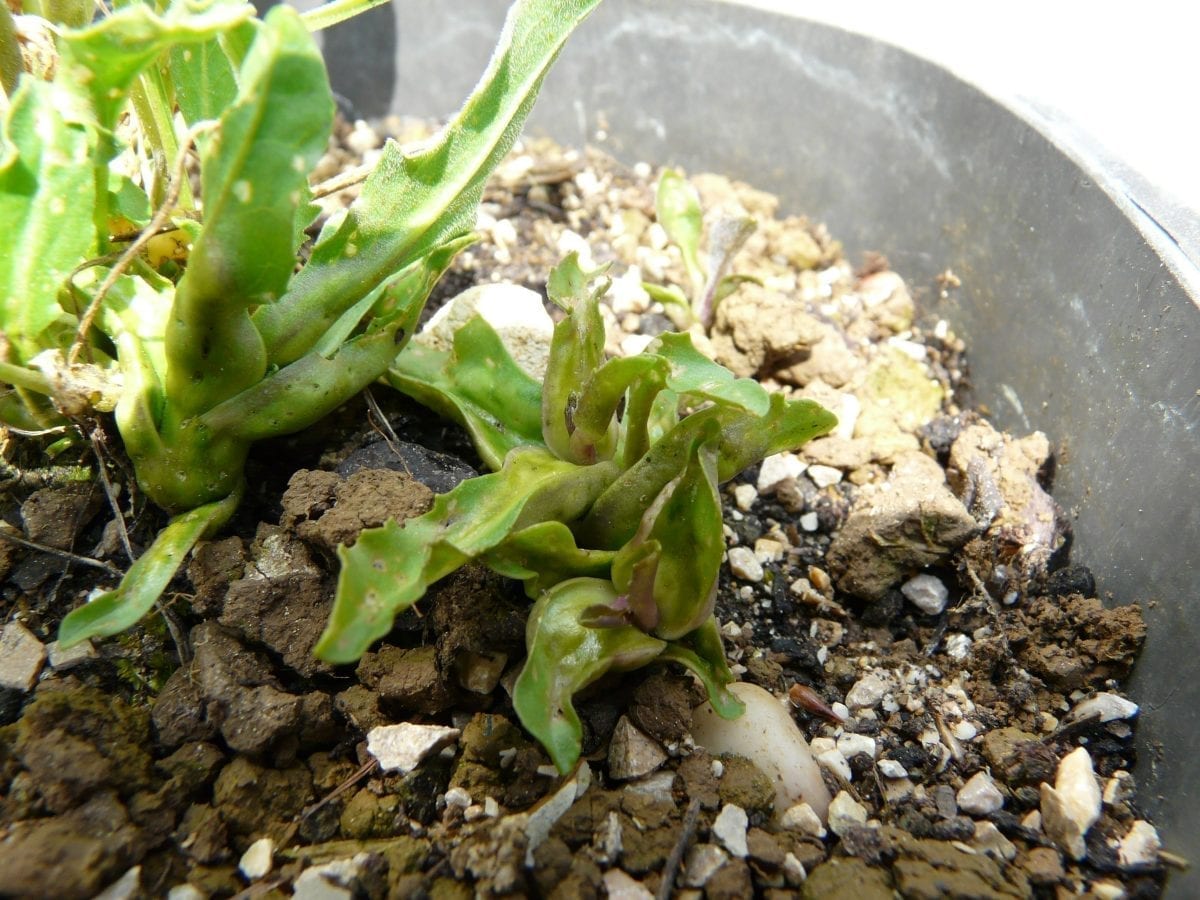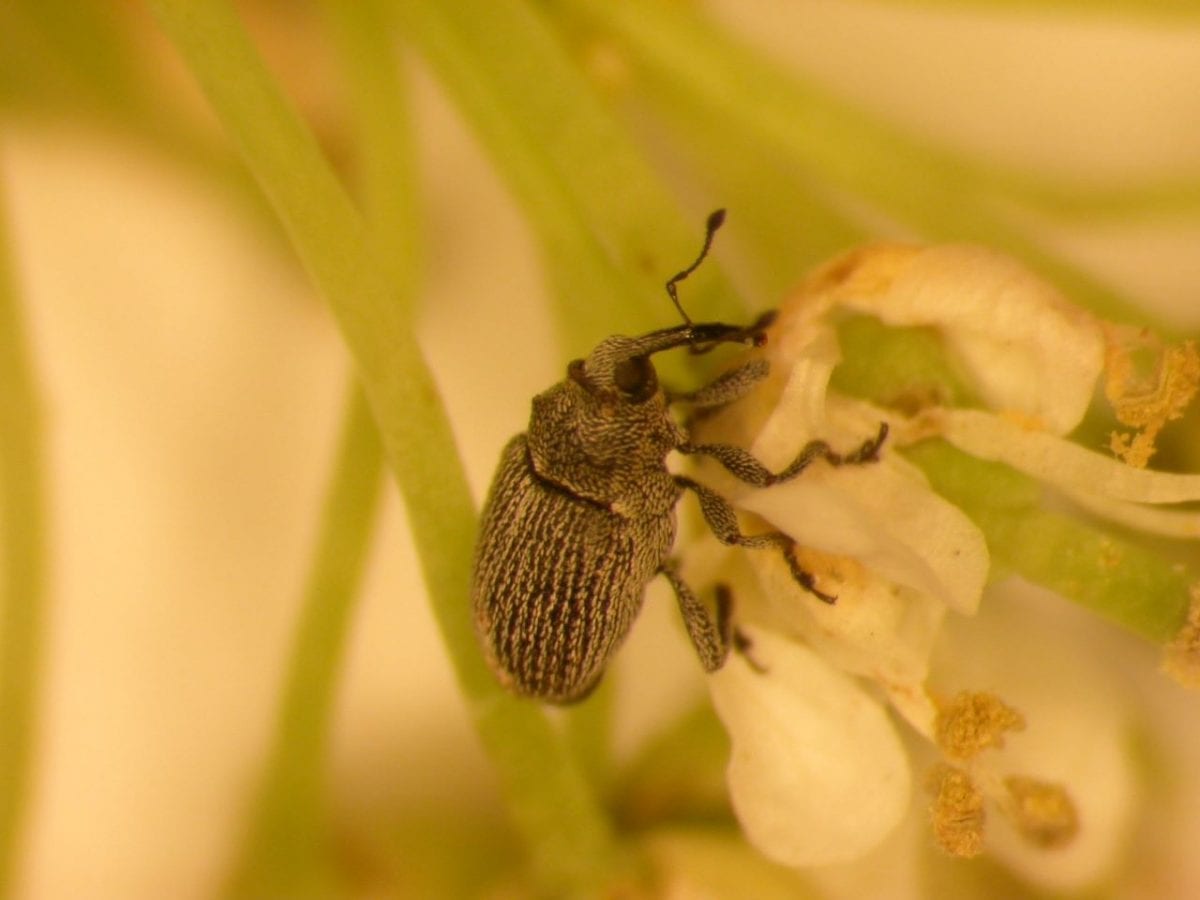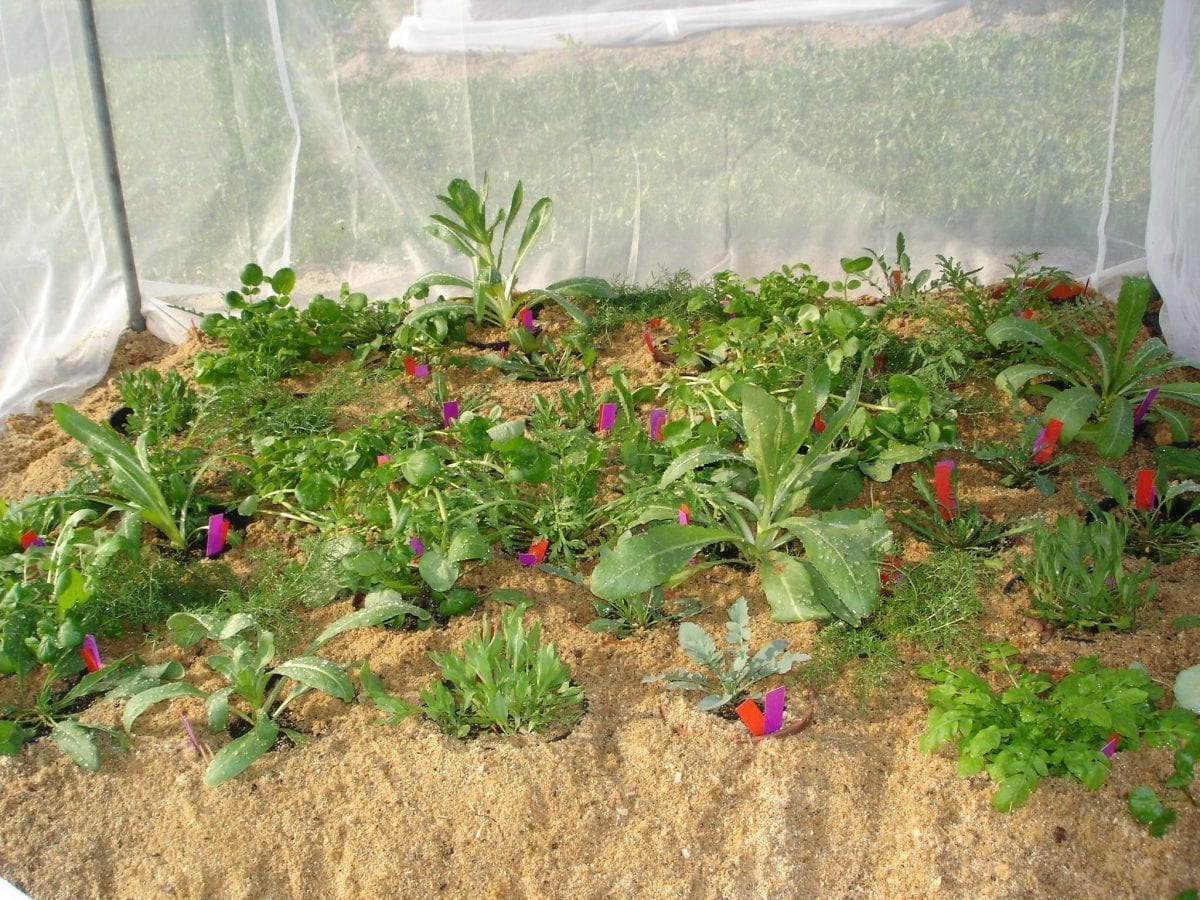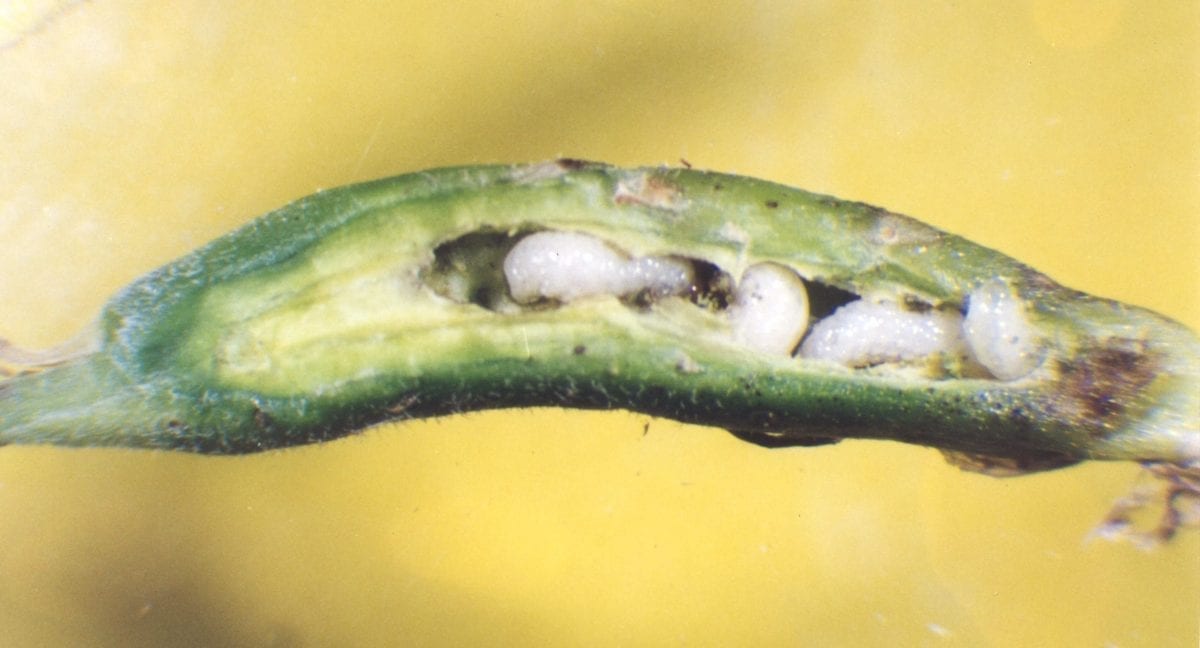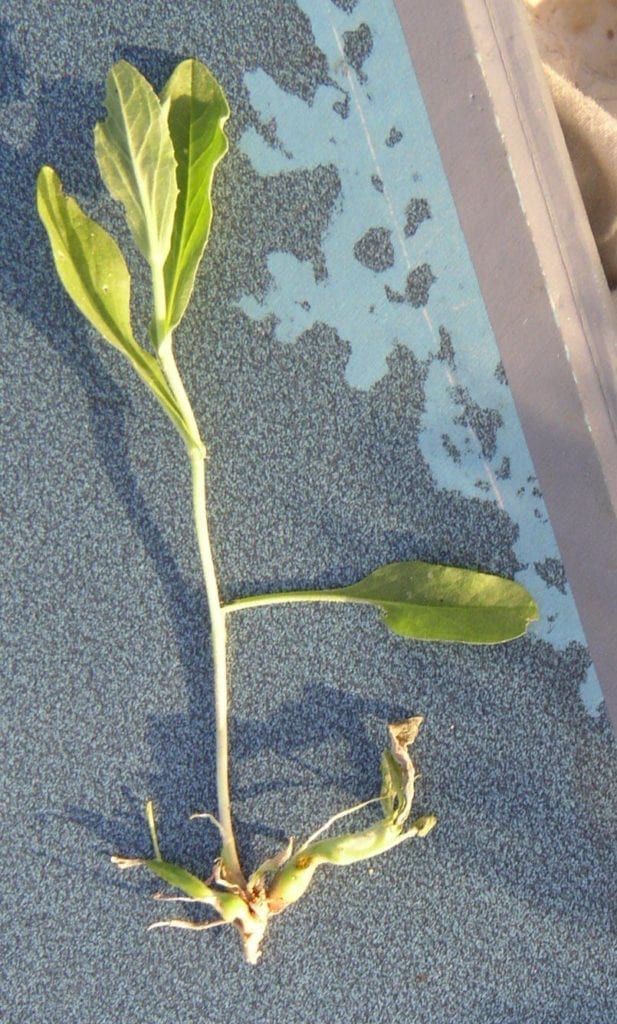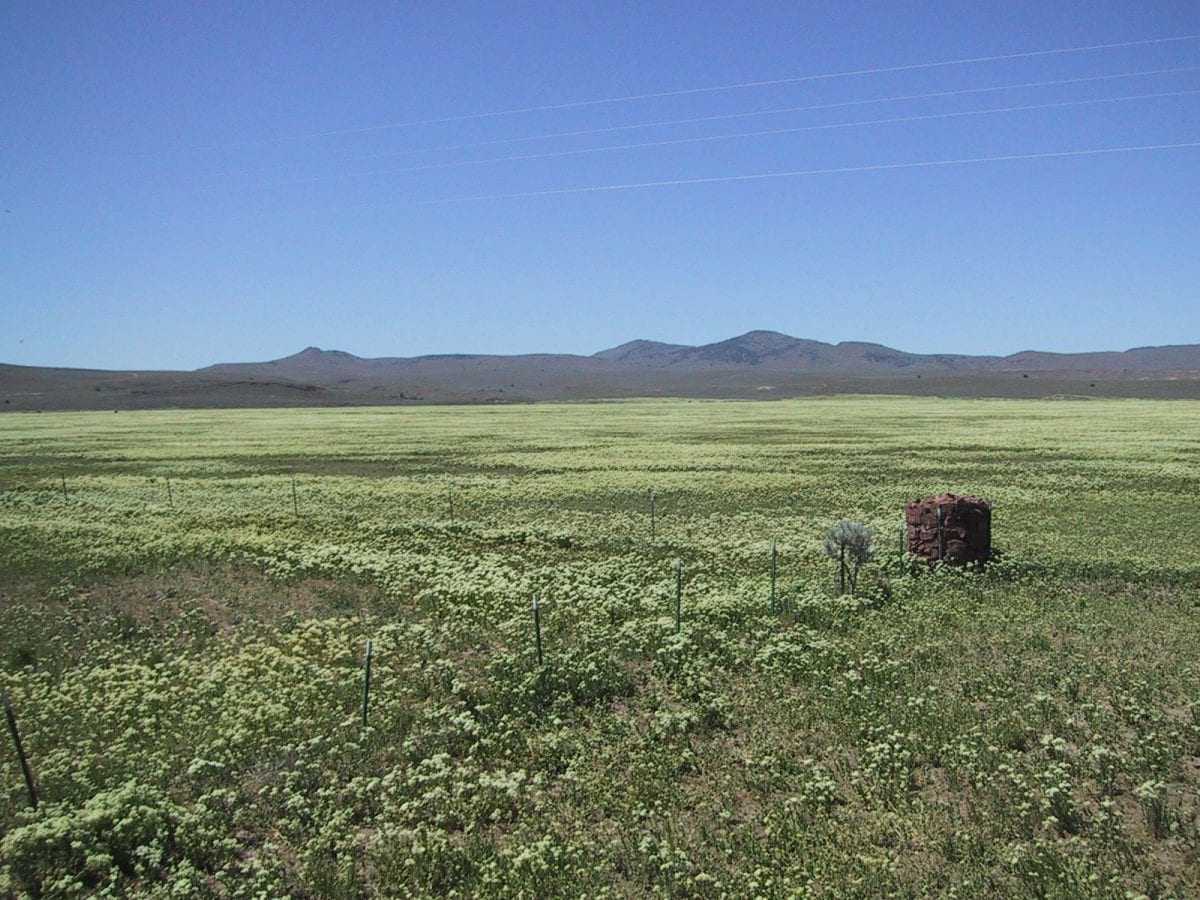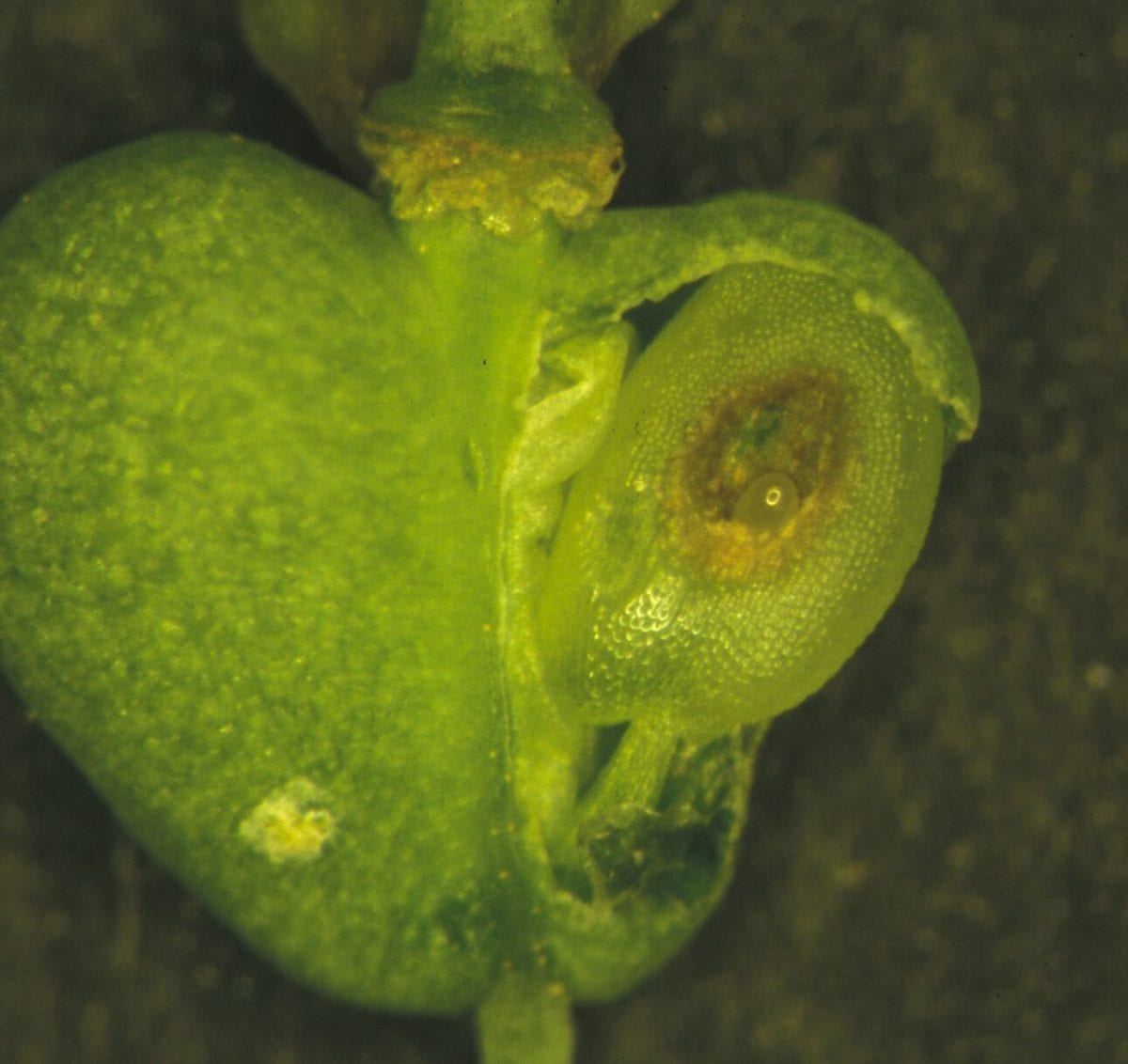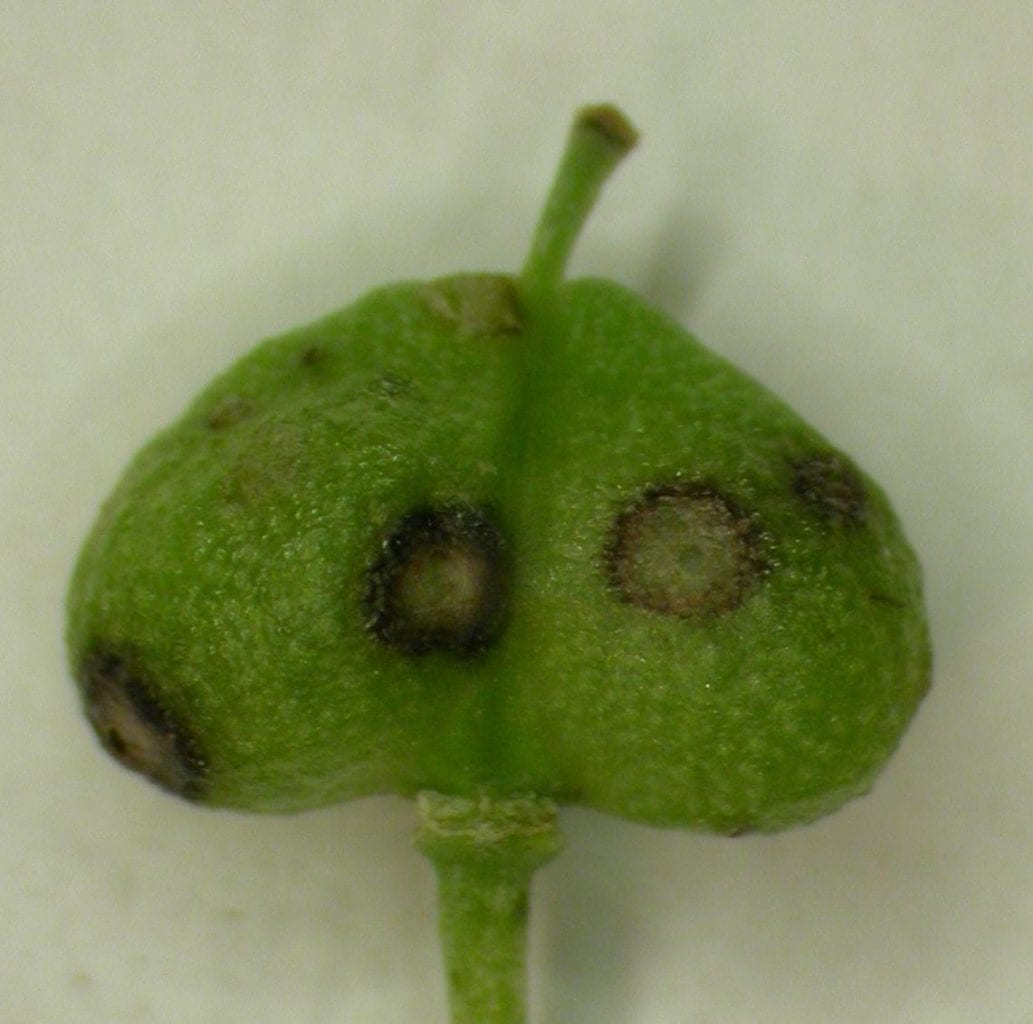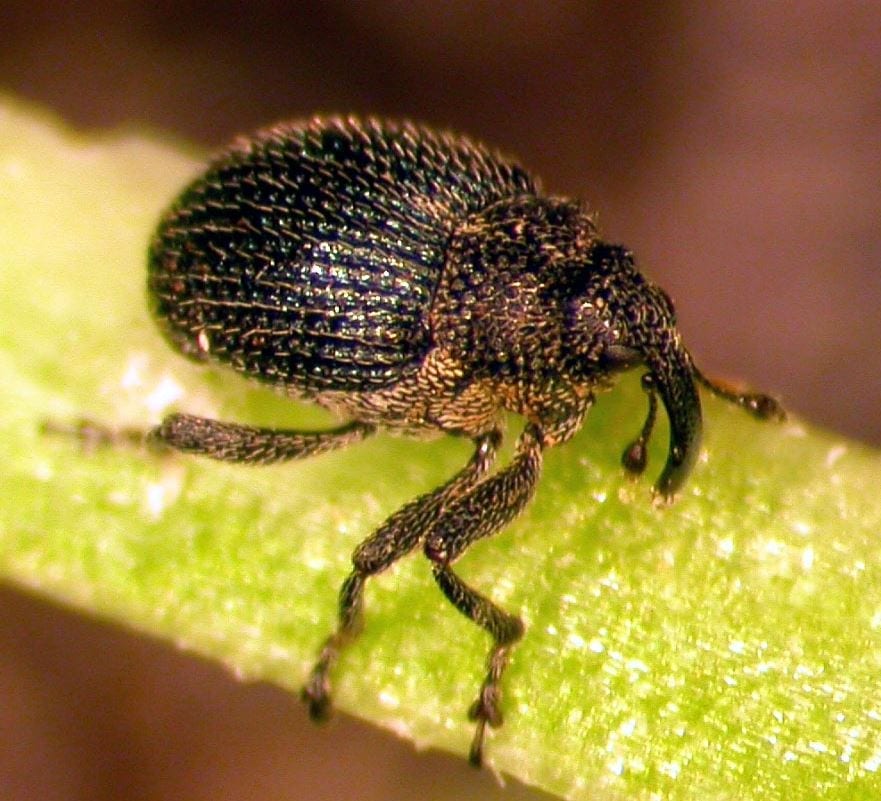Controlling hoary cress in North America
Trade in seed brought crops to new regions, but many weeds were spread by this route too. Whitetops, also known as hoary cresses, arrived in North America as contaminants of seed from Eurasia. They are now aggressive invaders of crops, rangeland and riverbanks. One reason for this is the absence of the natural enemies that keep them in check in their area of origin. CABI staff in Switzerland are looking into the prospects for biological control of these invasive plants.
Project Overview
So, what’s the problem
Hoary cresses (Lepidium draba, L. chalepense and L. appelianum) are deep-rooted, creeping, perennial mustard plants. Since their introduction to the USA in the late 19th century they have spread throughout the western and northeastern states. They are difficult to control and are officially recognized as serious weeds in 14 US states and three Canadian provinces.
In rangelands, hoary cresses displace forage species and are toxic to livestock. In crops they pose a dual problem: as well as being weeds, they can boost populations of some insect pests, such as the cabbage seedpod weevil (Ceutorhynchus obstrictus) – a major pest of canola and oilseed rape – by providing abundant alternative host plants.
What is this project doing?
In 2001, Mark Schwarzländer, University of Idaho, established a consortium to investigate the scope for classical biological control of these weeds – introducing natural enemies from the weed’s area of origin. Our work at CABI is coordinated with that of USDA-ARS-EBCL (Agricultural Research Service – European Biological Control Laboratory) in Montpellier, France, and Montana State University, (Dr Jeff Littlefield). We are focusing on L. draba because it is the most prevalent hoary cress species in North America.
Based on published information and field surveys in Europe, we prioritized insect species that seem likely to attack a limited number of plants including L. draba. We are testing them against a selected range of non-target test plants to provide evidence on whether they would be safe to introduce in North America.
Results
We are currently focusing on two species, both weevils. On the basis of our test results, we re-submitted a petition for field release of the gall-forming weevil, Ceutorhynchus cardariae, to the USDA-APHIS Technical Advisory Group (TAG) in January 2020 together with Prof Mark Mark Schwarzländer (University of Idaho). In August 2020, TAG responded at this point in time, they do not recommend release of the weevil. However, we plan to submit additional information requested by the reviewers and will clarify and further expand our existing data and arguments.
The seed feeder, C. turbatus, is the most specific agent we have worked with. To date, under no-choice conditions, larvae have only developed on a single native North American species, Lepidium huberi, and two other European non-target species (L. campestre and and L. appelianum). Our main target, L. draba, remains the most preferred host under natural conditions with no recorded non-target attack in multiple-choice tests with any other species. While established whitetops reproduce vegetatively, long-distance plant dispersal relies on seeds, which could be reduced by this weevil.
Project Manager


